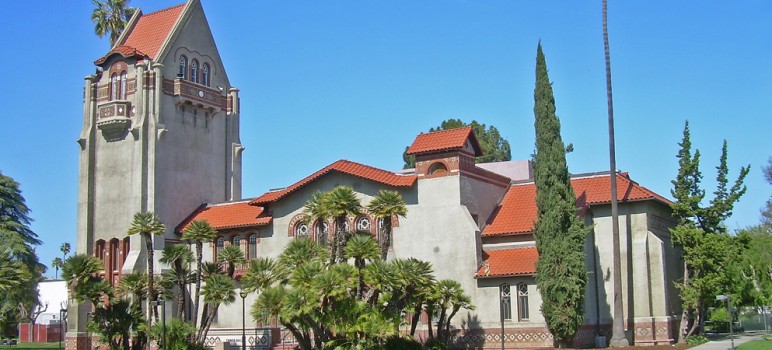The new BayPass pilot program is providing 7,000 randomly selected SJSU students with Clipper cards that grant unlimited access to 24 Bay Area transit agencies.
The new plan was celebrated Thursday at the Olympic Black Power statues on campus by San Jose State University Associated Students and the Santa Clara Valley Transportation Authority.
The BayPass pilot program began at the beginning of the academic year on Aug. 10,
Although Clipper cards were already available to the greater student body at the university, the BayPass allows students to take public transit without worrying about crossing county lines and having to pay fares in public transit within that county, according to Deborah Dagang, chief planning and programming officer at VTA.
“A third of our ridership is by students,” Dagang said. “We have worked historically with San Jose State on implementing their goals for affordable transportation for sustainability.”
BayPass is part of the 27-point Bay Area Transit Transformative Action Plan, which aims to transform the Bay Area's fragmented transit systems into one seamless Bay Area transit network.
That action plan will include integrated fares, wayfinding, service planning, and real-time travel data.
The 36,000-student university had switched to a hybrid attendance model in response to the COVID-19 pandemic but began to promote the traditional on-campus model at the beginning of this year. That has put additional strain on traffic in downtown San Jose, sy transportation officials.
“This is a great way to help move students towards public transit and solve the traffic congestion problem that we have,” said SJSU Associated Students director of sustainability Dhruv Varshney. “Our parking infrastructure is just not enough to hold all of our student population. Everyone who has a parking pass isn't even guaranteed a parking spot every day, so we need programs more than ever now.”
Varshney says his BayPass saves him $10 a day on his commute from Fremont to the San Jose campus.
“I feel public transport is so expensive, that students are often forced to cram their classes into one section of the week just to avoid traffic and paying for parking every day,” Varshney said. “Thanks to the BayPass, I'm saving thousands of dollars over the course of a semester. And now I can commute without worrying about the cost.”
According to a transit survey conducted by San Jose State in 2021, 19.7% of the student respondents used alternative transportation and 28.3% of commuting respondents reported using local or regional public transit.
The program is managed by the Metropolitan Transportation Commission and will run for two years to determine how ridership is affected. The university transit office will also be tracking how riders use their BayPass and compare that data against how students who have a SmartPass Clipper card through the university travel around the Bay Area.
VTA board member and San Jose City Councilmember Raul Peralez said the program is good for equity because it provides access to a key component of academic success that not all students have access to: getting to class.
“It is important that we continue to strive to make transit not only affordable but free,” Peralez said. “It is extremely important as well, that we make it more equitable and more accessible, especially to places in our city, where we have lower income families and where we have students that want to be able to have the opportunity to come to a university and get to work in a place like this.”

